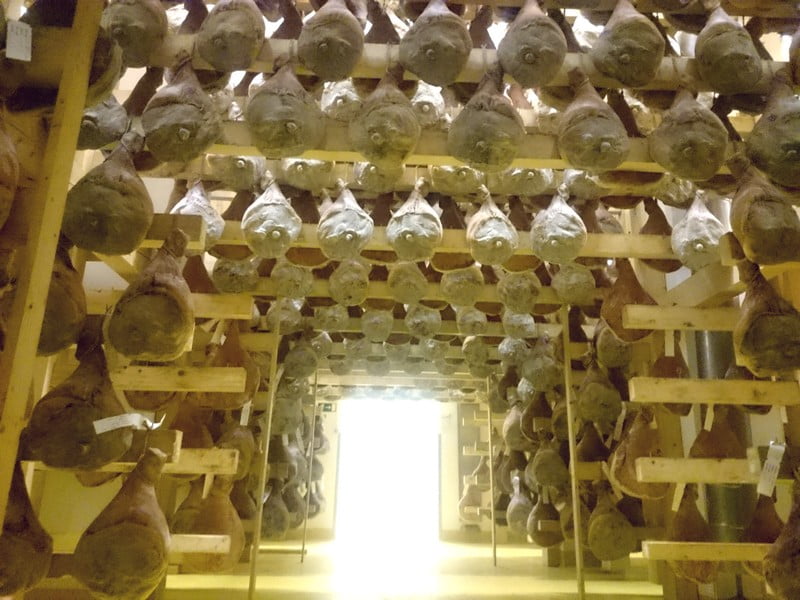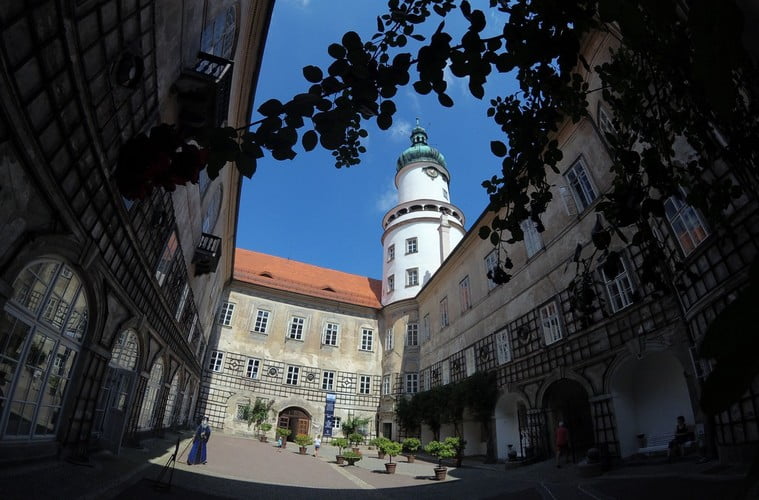Share This Article
It’s well known that when you think of Pisa, the Leaning Tower will surely come to mind shortly. However, we decided to go against the grain and get to know the city a bit better. Admittedly, from this place, you can see the Leaning Tower itself, but in our opinion, the Botanical Garden in Pisa deserved a separate text!
Location and access
The Botanical Garden in Pisa, or actually Orto botanico di Pisa, is located at via Luca Ghini 5. The entrance is in a small street branching off from the street leading to Piazza del Duomo, Via Santa Maria. From the garden, you can even see the emblem of Pisa, the Leaning Tower, so it’s a must-visit spot when you’re in the area! You can also exit the garden onto Via Roma.
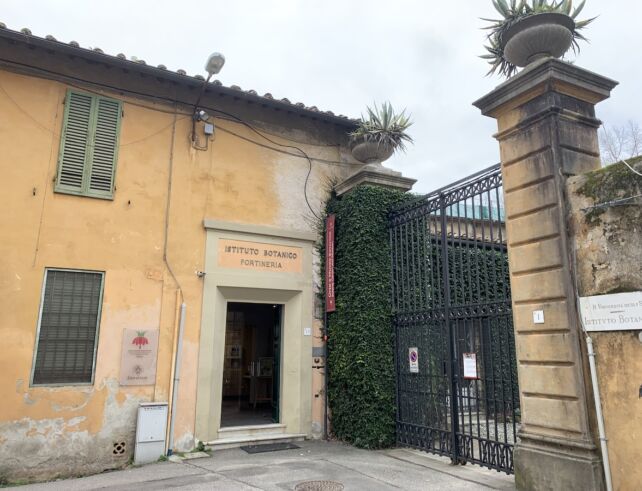
Tickets and opening hours
Tickets to the garden cost 4 Euros (regular) and 2 Euros for children aged 6-12. Students from universities throughout Tuscany, the disabled, children under 6 years old, journalists, and travel bloggers (the latter upon announcement) are entitled to free admission. On every first Sunday of the month, admission to the garden is free.
The Botanical Garden in Pisa is open at different times, depending on the season. It is open the longest in July – from 8:30 am to 9:00 pm, in June and August until 8:00 pm, and in May, April, and September until 7:00 pm. In October, it is open from 8:30 am to 6:00 pm, and for the rest of the year until 5:00 pm. You can check these hours and the holidays when the garden is closed on their website.
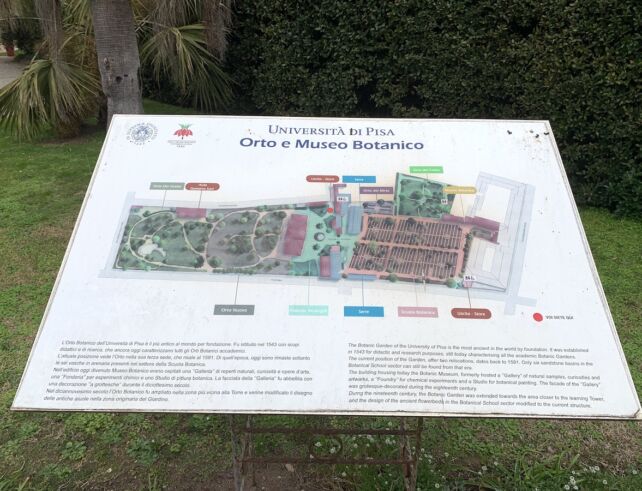
History of the Botanical Garden in Pisa
The Botanical Garden of Pisa was established in 1543 by the naturalist, botanist, and physician Luca Ghini. Many consider it the first university botanical garden in the world! Today’s location is not the original place where the garden was founded. It has changed its location twice, and it was established at its current site in 1591. Originally, it was located closer to the banks of the Arno River and the Arsenal. In 1591, the first steps were taken towards gathering exhibits for the museum.
Museum
The Botanical Museum, located on the grounds of the garden, has its roots in the Gallery founded in 1591 by the Duke of Tuscany – Ferdinando I de’ Medici. The museum building will definitely catch your attention as it stands out architecturally.
The exhibition occupies two floors. It features portraits of prominent seventeenth-century botanists as well as various educational aids for natural science education. You will find unique models made of wax and plaster, but I think the old scientific charts describing different plants will also make a considerable impression on you. The museum is not large, but the collection is interesting. For example, you will also find models of various types of fungi.
At the end of the exhibition, there is also a multimedia station where we can view plants from the museum’s herbarium and learn more about them. Among the huge number of samples, there are also specimens of plants from Poland on the screen!
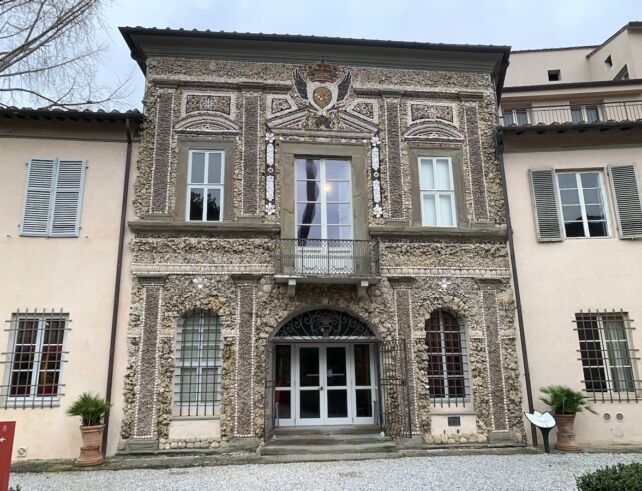
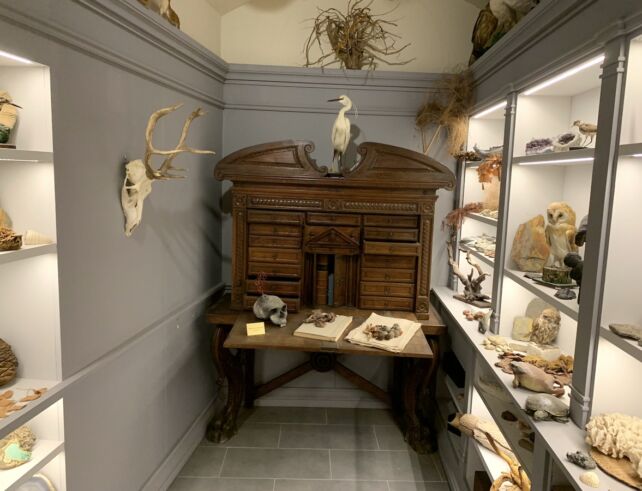
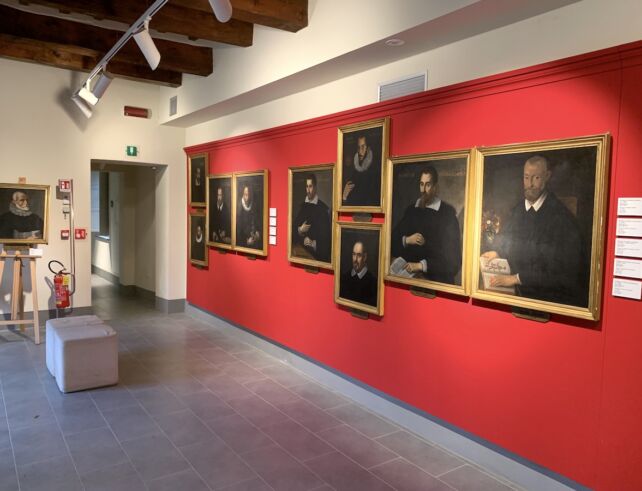
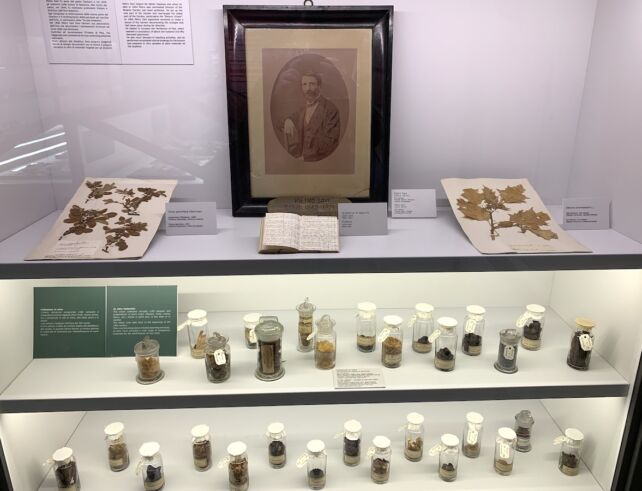
The Botanical Garden in Pisa
The Botanical Garden in Pisa is divided into seven sectors: the Scuola Botanica (Botanical School), Orto del Cedro (Cedar Garden), Orto del Mirto (Myrtle Garden), Serre (Greenhouses), Piazzale Arcangeli, Orto Nuovo (New Garden), and Orto Del Gratta (Del Gratta Garden). Throughout the grounds, there are signs informing visitors of their current location. The entire area covers about two hectares and is home to approximately 3,000 plants.
The Scuola Botanica is the oldest part, dating back to the 16th century, with rectangular flower beds from the 19th century and collections of plants organized according to botanical family, including 150 species of sage and wild edible plants. Orto del Cedro is known for the oldest trees in the garden and a collection of hydrangeas. Orto del Mirto, planted in 1815, currently displays medicinal plants. The central part of the garden, Piazzale Arcangeli, contains a collection of palms and aquatic plants. Orto Nuovo, mainly an arboretum acquired in 1841, along with Orto Del Gratta, offers a relaxation area with a pond and collections of Mediterranean and mountain plants.
Wandering through the garden, we find trees and shrubs that would live in greenhouses under Polish conditions, but here, mandarins, oranges, figs, and lemons grow in the open air, but let’s not forget that we are in Italy, and the climate allows for this.
The bamboo forest may make a strong impression on you. If you have never seen such a formation, you can instantly imagine yourself in distant Asia. The bamboos are impressive; you can walk among them and take photos. Of course, that’s not all. The Botanical Garden in Pisa also aims to educate. Many of the signs and boards are also adapted for the blind. In addition to information written in Braille, they also feature tactile models of leaves, flowers, or fruits, so that people can imagine them through touch.
Among the plants in the garden, you can observe various collections such as geophytes (about 200 specimens), dune vegetation, hydrangeas, ancient camellias, and others.
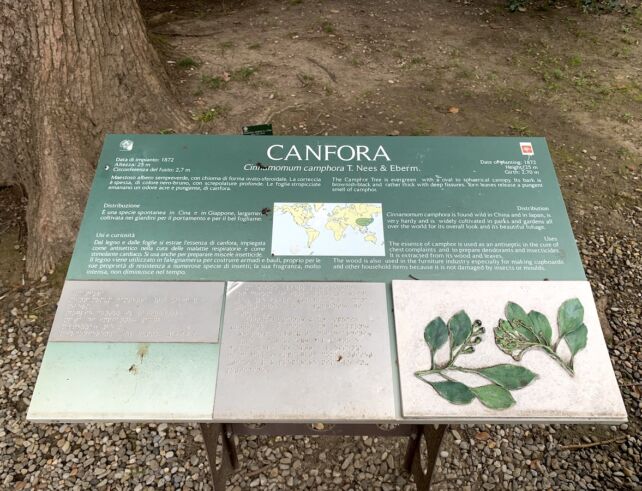
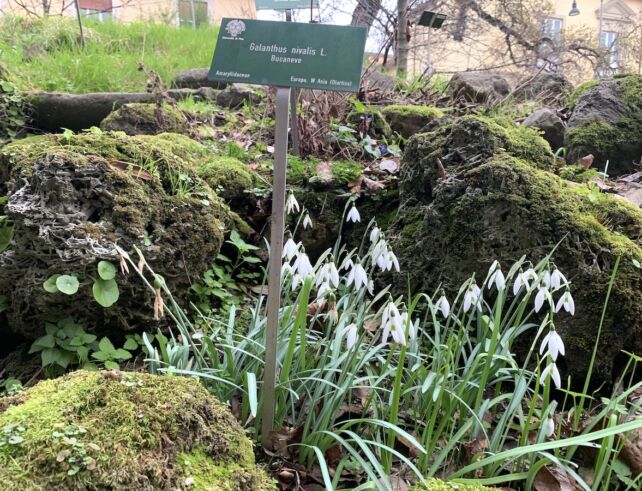
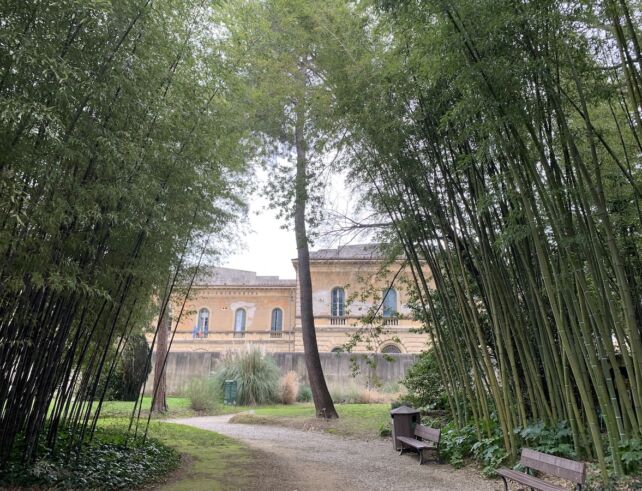
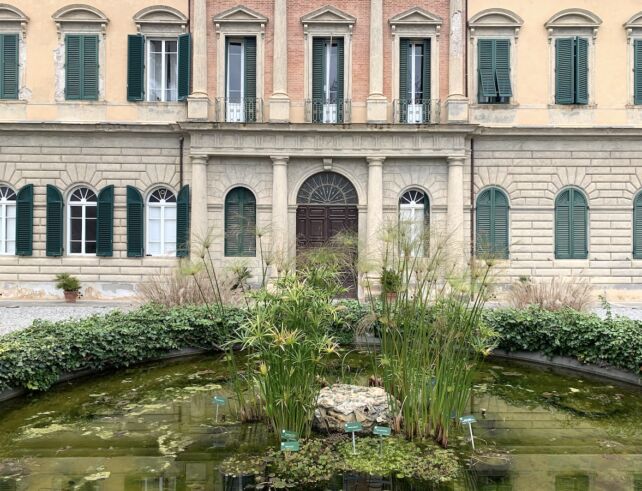
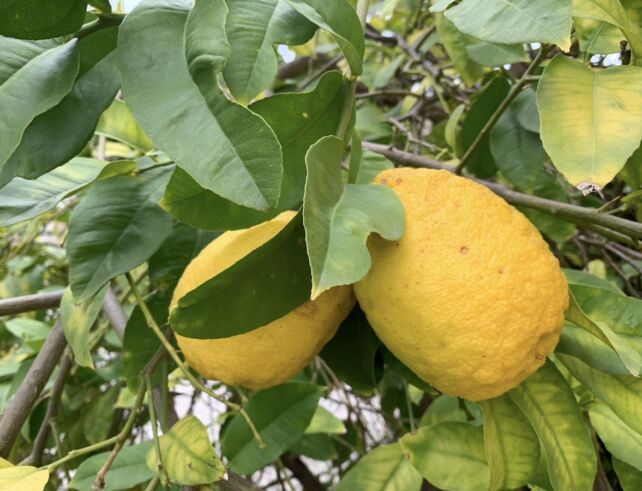
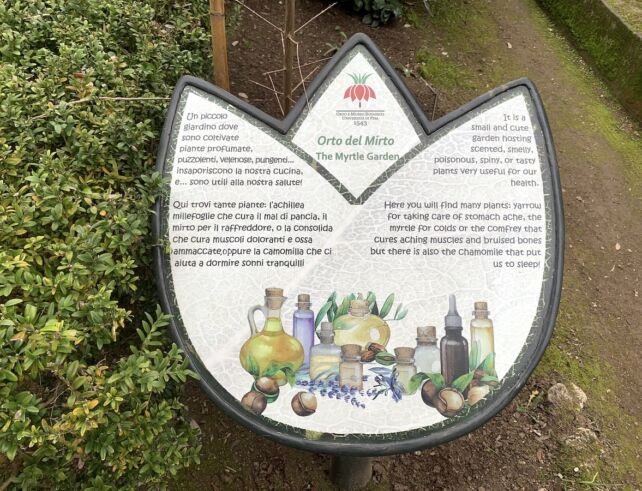
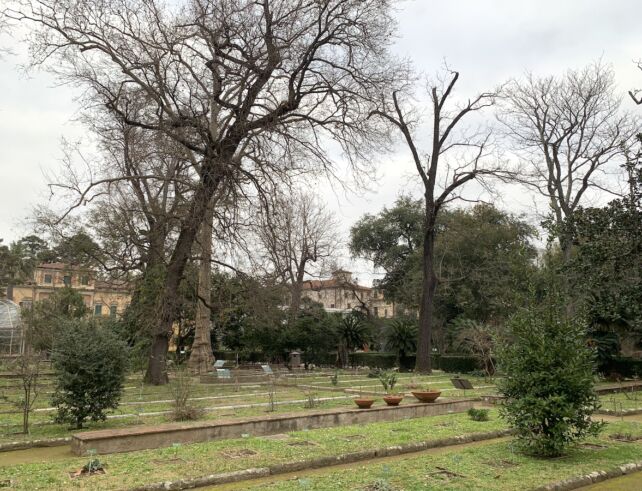
Greenhouses
One of the sectors of the garden is the greenhouses. The Botanical Garden in Pisa has five of them. Among these, we find facilities where cacti and succulents await us, as well as a jungle. However, what impressed me the most was the Serra del Banana greenhouse. It is the oldest structure of this type in the garden. The idea of its creation came to Pietro Sami already in 1864. In this facility, you will find plants from all over the world, but most of them will be familiar to you. There await you fruit trees and shrubs as well as spices. In this greenhouse, you will find black pepper, cardamom, coffee, pineapples, mangoes, ginger, and many other curiosities. The temperature inside never drops below 18 degrees Celsius, and the humidity is maintained at 60-70%.
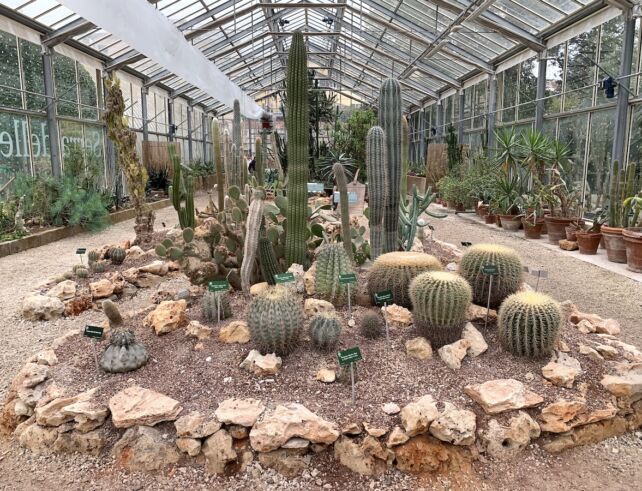
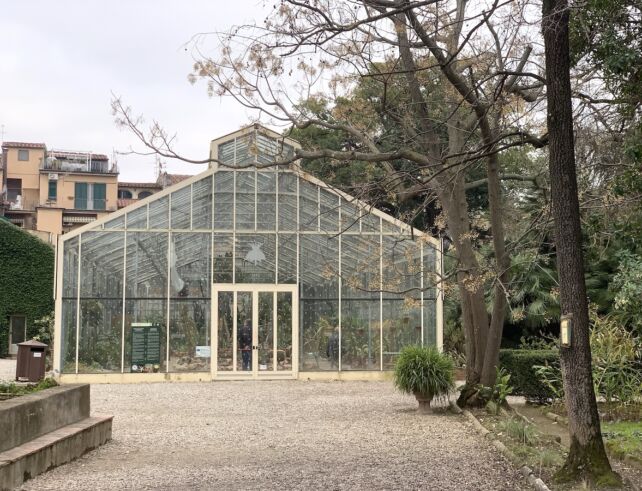
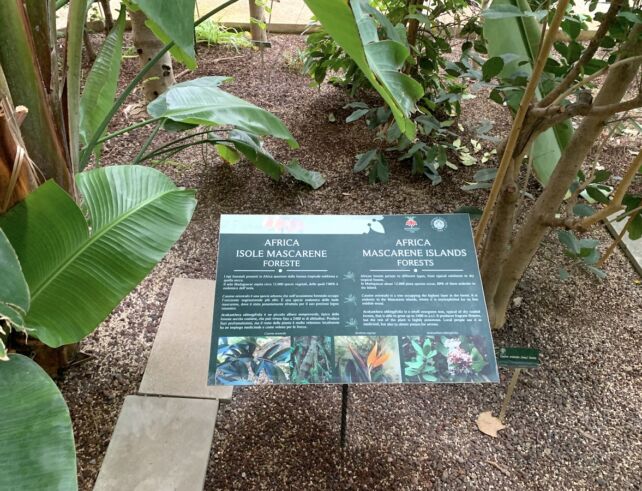
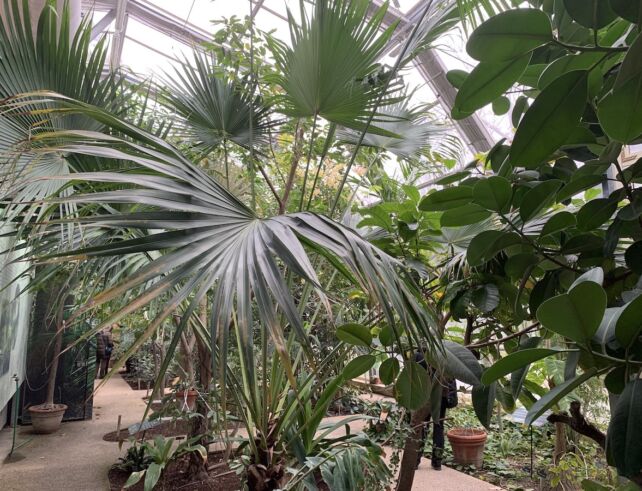
Surroundings?
The Botanical Garden in Pisa is located right in its heart. From some spots, you can catch a glimpse of the cathedral dome and the Leaning Tower. It’s only a few minutes’ walk from Piazza del Duomo. I will prepare a separate text about Pisa itself and what to see there, but I will reveal to you today that a must-see in the city (apart from the tower itself) is also the Maritime Museum located by the Arno River. The interesting exhibition and unique location make it a place worth visiting – check out the text about the Maritime Museum in Pisa.
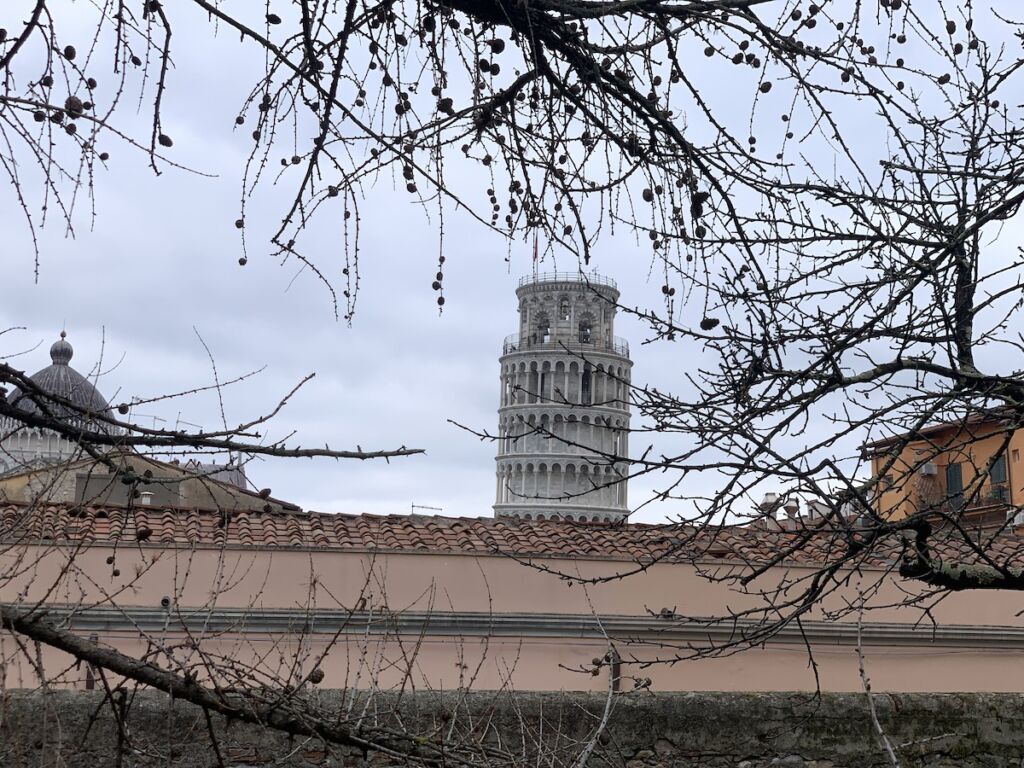
Is it worth visiting the Botanical Garden in Pisa?
The Botanical Garden in Pisa is probably the biggest positive surprise during my visit to this city! Of course, the Leaning Tower is a must-see and it, or rather the entire complex at Piazza del Duomo, is impressive. However, the garden is a unique place and I really liked it during a winter visit. I think visiting it in spring, summer, or autumn would be even more interesting!



